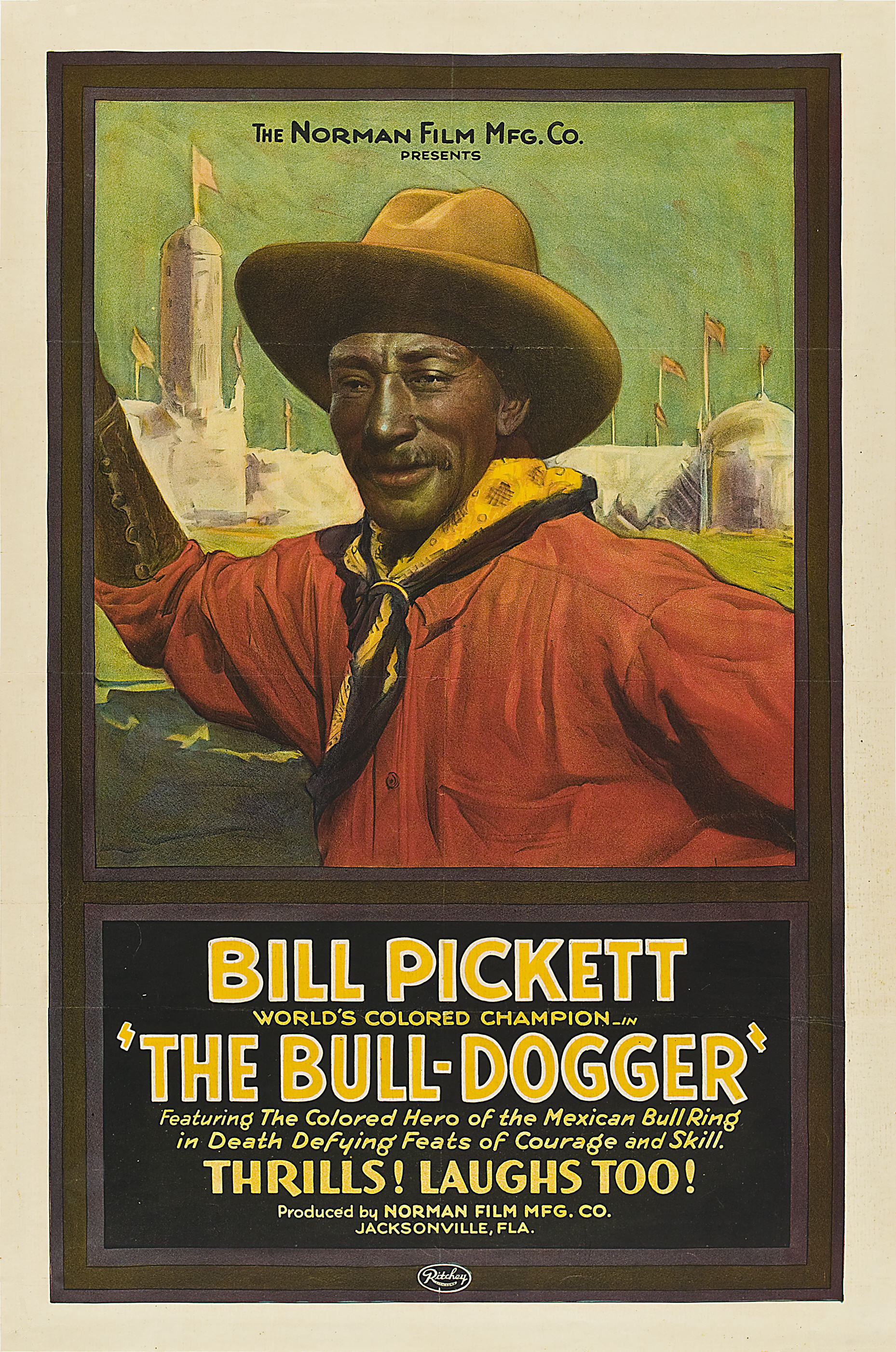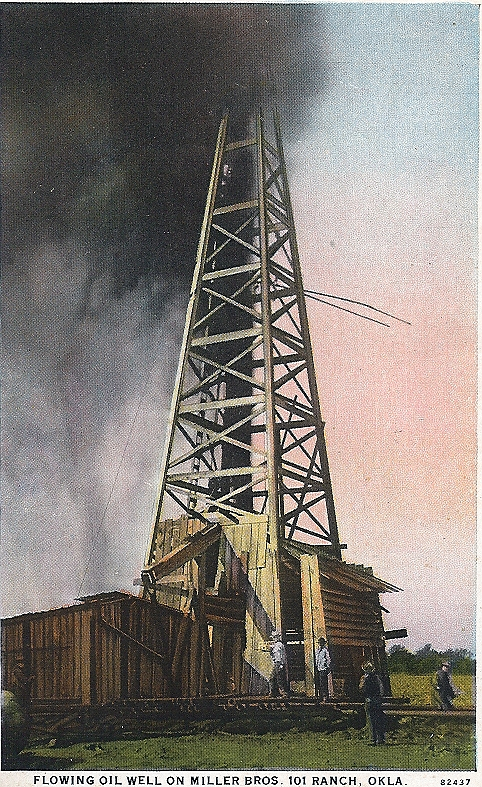|
Jenks Branch
Jenks Branch, also known as the Miller Community, was a freedom colony located between the modern towns of Leander and Liberty Hill in Williamson County, Texas. The community began when Milas Miller, a formerly enslaved man, purchased of land in 1870 near the Jenks Branch Creek on the south side of the San Gabriel River. History The community traces its roots to the purchase of of land by Milas Miller near Jenks Branch Creek. The creek is named for two early land owners John W. Jenks and John W. Branch. Milas was born enslaved in South Carolina in York County between 1824 and 1827 and was brought to Texas by his owners when they moved to Williamson County in the 1850s. Other black people purchased land nearby Miller and the community began to build. In total black families owned more than 1100 acres. Some also rented land from the black land owners. Other family names associated with the community include McLain, Johnson, Mason, Barton, Faubion, Schooley, Huddleston, Hollingsw ... [...More Info...] [...Related Items...] OR: [Wikipedia] [Google] [Baidu] |
Freedmen's Town
In the United States, a freedmen's town was an African American municipality or community built by freedmen, former slaves who were emancipated during and after the American Civil War. These towns emerged in a number of states, most notably Texas. They are also known as freedom colonies, from the title of a book by Sitton and Conrad. History The Emancipation Proclamation and the Thirteenth Amendment brought 4 million people out of slavery in the defunct Confederate States of America plus the four "border" slave states that did not secede. Many freed people were faced with the questions of where they would go, what they would eat and how they would survive. Many decided to remain on plantations working as sharecroppers. Many freedmen migrated from white areas to build their own towns away from white supervision. They also created their own churches and civic organizations. Freedmen’s settlements had a greater measure of protection from the direct effects of Jim Crow. "Such place ... [...More Info...] [...Related Items...] OR: [Wikipedia] [Google] [Baidu] |
Williamson County, Texas
Williamson County (sometimes abbreviated as "Wilco") is a county in the U.S. state of Texas. As of the 2020 census, its population was 609,017. Its county seat is Georgetown. The county is named for Robert McAlpin Williamson (1804?–1859), a community leader and a veteran of the Battle of San Jacinto. Williamson County is part of the Austin-Round Rock-Georgetown metropolitan statistical area. It was included with Austin in the Best Cities to Live in for 2009 by the Milken Institute. It is on both the Edwards Plateau to the west, rocky terrain and hills, and Texas Blackland Prairies in the east, rich, fertile farming land. The two areas are roughly bisected by Interstate 35. History Prehistoric Much of Williamson County has been the site of human habitation for at least 11,200 years. The earliest known inhabitants of the area lived during the late Pleistocene (Ice Age), and are linked to the Clovis culture around 9,200 BC based on evidence found at Bell County's much-stu ... [...More Info...] [...Related Items...] OR: [Wikipedia] [Google] [Baidu] |
African Methodist Episcopal Church
The African Methodist Episcopal Church, usually called the AME Church or AME, is a Black church, predominantly African American Methodist Religious denomination, denomination. It adheres to Wesleyan-Arminian theology and has a connexionalism, connexional polity. The African Methodist Episcopal Church is the first independent Protestant denomination to be founded by Black people; though it welcomes and has members of all ethnicities. It was founded by Richard Allen (bishop), Richard Allen (1760–1831)—who was later elected and ordained the AME's first bishop in Philadelphia, Pennsylvania—in 1816 when he called together five African American congregations of the previously established Methodist Episcopal Church (which had been founded either in December 1784 at the famous "Christmas Conference" or at its first General Conference at Lovely Lane Chapel meeting house in old History of Baltimore, Baltimore Town) by Blacks hoping to escape the Racial discrimination, discrimination ... [...More Info...] [...Related Items...] OR: [Wikipedia] [Google] [Baidu] |
Bill Pickett
Willie M. Pickett (December 5, 1870 – April 2, 1932) was a cowboy, rodeo, Wild West show performer and actor. In 1989, Pickett was inducted into the ProRodeo Hall of Fame. Personal life Pickett was born in the Jenks Branch community of Williamson County, Texas in 1870. (Jenks Branch, also known as the Miller Community, is in western Williamson County, five miles southeast of Liberty Hill, and near the Travis County line.) He was the second of 13 children born to Thomas Jefferson Pickett, a former enslaved person, and Mary "Janie" Gilbert. Pickett had four brothers and eight sisters. The family's ancestry was African-American and Cherokee. By 1888, the family had moved to Taylor, Texas. In 1890, Pickett married Maggie Turner, the formerly enslaved daughter of a white southern plantation owner. The couple had nine children. Career Pickett left school in the 5th grade to become a ranch hand; he soon began to ride horses and watch the longhorn steers of his native Texas. ... [...More Info...] [...Related Items...] OR: [Wikipedia] [Google] [Baidu] |
Steer Wrestling
Steer wrestling, also known as bulldogging, is a rodeo event in which a horse-mounted rider chases a steer, drops from the horse to the steer, then wrestles the steer to the ground by grabbing its horns and pulling it off-balance so that it falls to the ground. The event carries a high risk of injury to the cowboy. Some concerns from the animal-rights community express that the competition may include practices that constitute cruelty to animals, but the injury rate to animals is less than 0.05%. A later PRCA survey of 60,971 animal performances at 198 rodeo performances and 73 sections of "slack" indicated 27 animals were injured, again around 0.05%. Origins Historically, steer wrestling was not a part of ranch life. The event originated in the 1890s, and is claimed to have been started by an individual named Bill Pickett, a wild-west show performer said to have caught a runaway steer by wrestling it to the ground. The several versions of the story have some claiming that he de ... [...More Info...] [...Related Items...] OR: [Wikipedia] [Google] [Baidu] |
Miller Brothers 101 Ranch
The Miller Brothers 101 Ranch was a cattle ranch in the Indian Territory of Oklahoma before statehood. Located near modern-day Ponca City, it was founded by Colonel George Washington Miller, a veteran of the Confederate Army, in 1893.Hoy, JimCattle Industry" Encyclopedia of Oklahoma History and Culture' (accessed March 5, 2015). The 101 Ranch was the birthplace of the 101 Ranch Wild West Show and one of the early focal points of the oil rush in northeastern Oklahoma. It was the largest diversified farm and ranch in America at the time. Bill Pickett's grave and the White Eagle Monument are located on the ranch grounds. The location of the former working cattle ranch was subdivided and all of its buildings destroyed. An area of the ranch is a National Historic Landmark. In 2003, the ranch was inducted into the Texas Trail of Fame. In 1903, when Colonel George Miller died, his three sons, Joseph, George Jr., and Zack took over operation of the 110,000 acre ranch. By 1932 most of ... [...More Info...] [...Related Items...] OR: [Wikipedia] [Google] [Baidu] |
Towns In Texas
A town is a human settlement. Towns are generally larger than villages and smaller than cities, though the criteria to distinguish between them vary considerably in different parts of the world. Origin and use The word "town" shares an origin with the German word , the Dutch word , and the Old Norse . The original Proto-Germanic word, *''tūnan'', is thought to be an early borrowing from Proto-Celtic *''dūnom'' (cf. Old Irish , Welsh ). The original sense of the word in both Germanic and Celtic was that of a fortress or an enclosure. Cognates of ''town'' in many modern Germanic languages designate a fence or a hedge. In English and Dutch, the meaning of the word took on the sense of the space which these fences enclosed, and through which a track must run. In England, a town was a small community that could not afford or was not allowed to build walls or other larger fortifications, and built a palisade or stockade instead. In the Netherlands, this space was a garden, more ... [...More Info...] [...Related Items...] OR: [Wikipedia] [Google] [Baidu] |



.jpg)